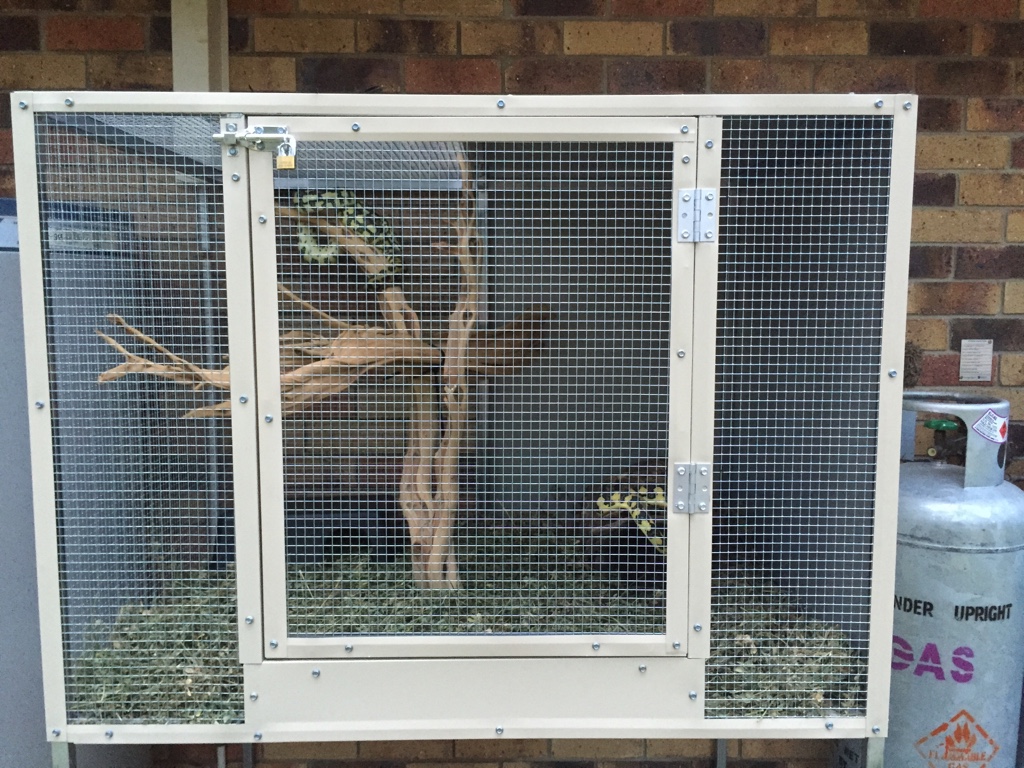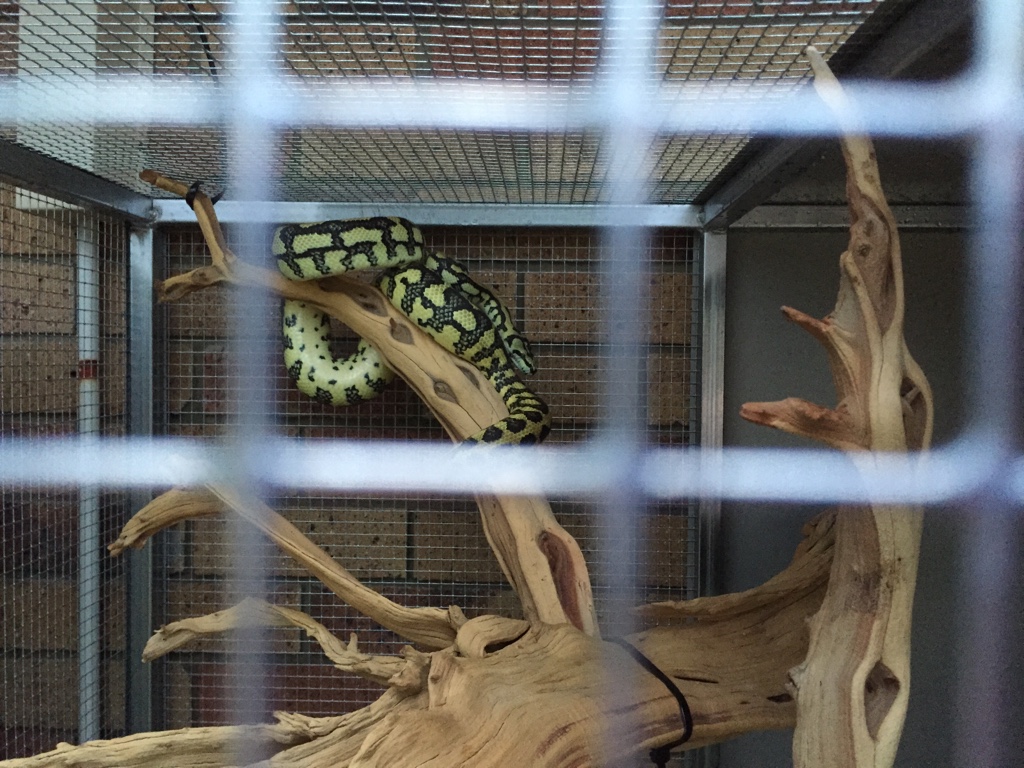They should be fine outside as long as they've got a nice north-facing exposure and get winter sun, especially in the mornings for a few hours, when they are likely to come out and bask. Just for the time being, I'd put even a few cardboard boxes with access holes in them for shelter in case you get a few cold or cool nights, especially if they're exposed to wind. Make sure their shelters are draught-free, well insulated and not too big - they tend to hide away in fairly tight spaces to conserve the heat they gain from basking on winter days. Try not to handle them at all during the winter - this is a time of reduced immunity and low activity, and they MUST be allowed to make their own choices with regard to thermoregulation if you have no artificial heat source. They bask, then curl up tightly in their shelter to conserve heat while they are still warm - if you force them to move around, they lose the heat and will be vulnerable to RI and stomatitis (mouth-rot). Given good conditions outdoors, I think they will be far healthier in the long-run than shut up in a wooden box for a couple of decades.
I would continue to offer food until it is refused, and once refused, then handling ceases until the weather warms up and they've had their first couple of feeds later in the spring. They should signal their hunger by adopting the typical ambush pose on the first warm evenings, but don't be concerned if a male refuses food until close to the end of the year. Do you know the sexes? Two boys together is probably not a good idea...
The enclosure looks great, if it were mine I'd be inclined to get a roller and paint the wire a dark green or black, so that it becomes far less intrusive visually. You could carefully mask off the framing to keep the paint where you want it and maintain the extremely neat finish it already has.
Good luck, Jamie









